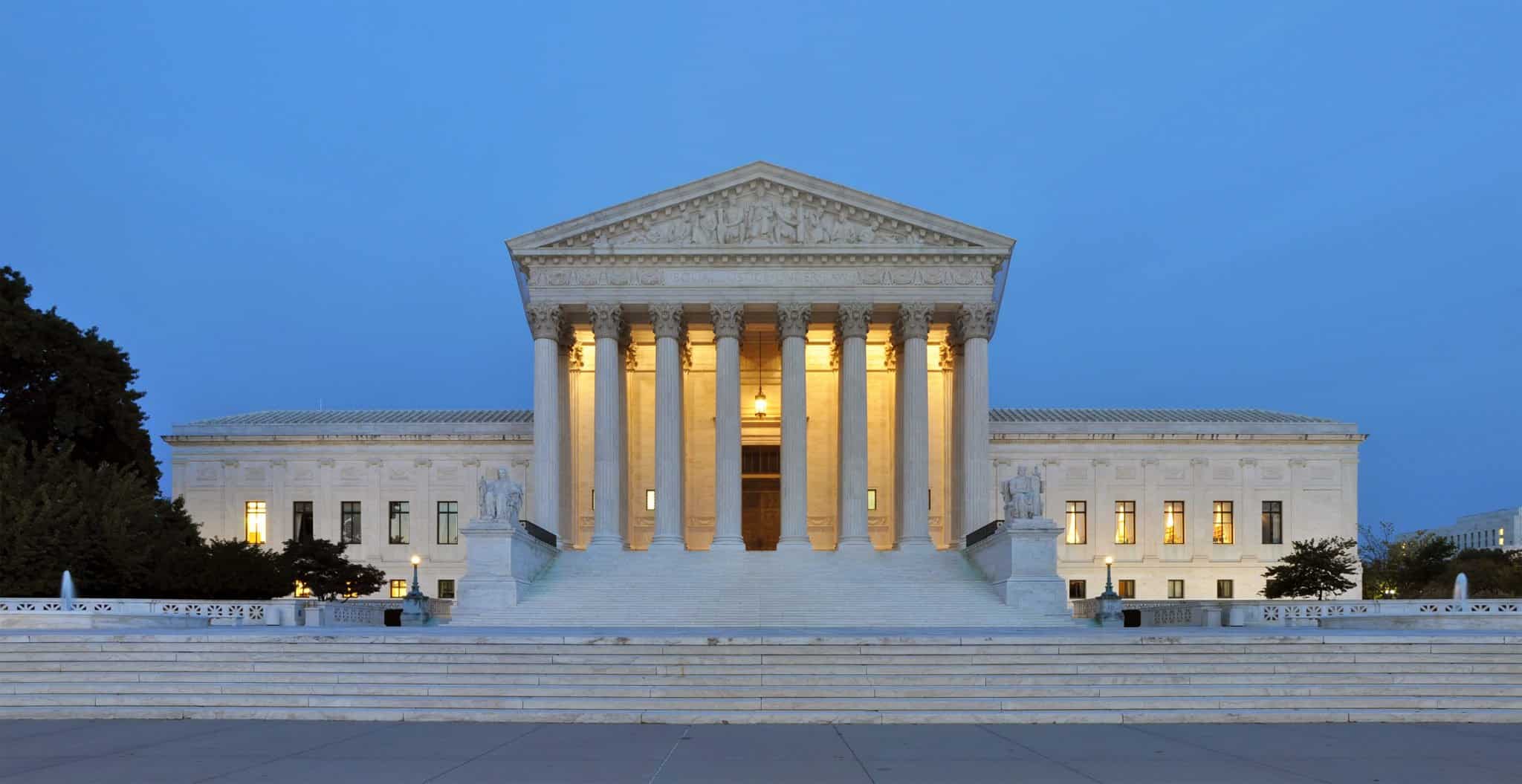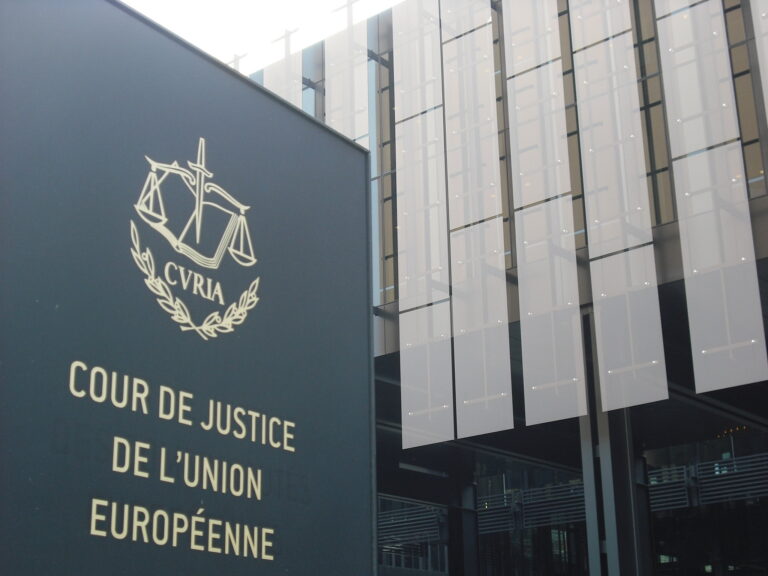
Andrew Strom is a union lawyer based in New York City. He is also an adjunct professor at Brooklyn Law School.
Two weeks ago, the Supreme Court decided Encino Motorcars, LLC v. Navarro, one of those “boring” cases that no one pays attention to. The question in the case was whether service advisors at car dealerships are exempt from the Fair Labor Standards Act (FLSA), and at first glance it would appear not to matter to the rest of us. But, in deciding that the service advisors are exempt, the five-person majority reached out to do a favor for the Chamber of Commerce, changing the rules for interpreting all exemptions to the FLSA — something that could have a big impact.
The FLSA requires employers to pay workers a minimum wage and time and a half when they work more than forty hours per week. While the law covers most workers, it also includes a series of exemptions. Some of those exemptions are based on the type of work performed (executive, administrative, and professional workers are exempt); and others are based on the industry (as OnLabor recently reported, baseball team owners just obtained an exemption for minor league baseball players).
The exemption at issue in Encino Motorcars applies to “any salesman, partsman, or mechanic primarily engaged in selling or servicing automobiles.” Service advisors are the people that customers talk to when they bring their cars to the dealer for repair and maintenance work. All nine justices agreed that the service advisors are salespeople. The case turned on whether service advisors are “primarily engaged in servicing automobiles.” In a 1945 case, the Supreme Court explained that because the FLSA was “humanitarian and remedial legislation” designed to insure “all our able-bodied working men and women a fair day’s pay for a fair day’s work,” any exemption from the law “must therefore be narrowly construed.” In 1959, the Court declared it “well settled that exemptions from the FLSA are to be narrowly construed.” Again, in 1960, the Court reaffirmed that “these exemptions are to be narrowly construed against the employers seeking to assert them.” In Encino Motorcars, the Ninth Circuit had cited each of these three cases in support of its ruling that the exemption did not apply to service advisors. While the employer argued that the service advisors should be exempt because they are “integral” to the customer’s experience of having a car serviced, the Ninth Circuit had relied, in part, on those three Supreme Court cases to reject such an expansive definition of “servicing.” Instead, the lower court held that the exemption should be limited to those who spend most of their time actually maintaining and repairing cars.
When the case got to the Supreme Court, the U.S. Chamber of Commerce and two other business associations filed an amicus brief for the sole purpose of arguing that the Court should overrule its three precedents mandating the narrow construction of exemptions to the FLSA. The Chamber asserted that this interpretative rule is “anti-employer,” and it urged the Court to banish it because it “is wreaking havoc in the lower courts.” In other words, workers were winning FLSA suits where courts applied this rule to find that the workers were not exempt from the law’s coverage. The Chamber acknowledged the idea of narrowly construing exemptions to the FLSA was a corollary to “the familiar canon of statutory construction that remedial legislation should be construed broadly to effectuate its purposes.” But, the Chamber urged the Court to reject this longstanding principle. Instead, the Chamber argued that legislation is always a product of compromise, and as a result, “no legislation pursues its purposes at all costs.” Of course, this argument ignores a key point. Since the idea that remedial legislation should be liberally construed goes back at least 150 years, Congress has been aware of this canon when it has drafted legislation. In particular, when Congress drafted amendments to the FLSA between 1945 and last week, it did so with the expectation that any exemption would be limited to those “plainly and unmistakably within its terms.” It was as if a professor had told a class she would use one rubric to grade assignments, and then after the class handed in the assignments, one student insisted that the professor should use a different standard.
The Supreme Court ordinarily adheres to the doctrine of stare decisis, which requires some “special justification” to depart from precedent. But, in Encino Motorcars, not only did the majority fail to offer any special justification, it did not even acknowledge that it was overruling prior cases. Instead, the Court declared that there was no “textual indication” that the exemptions should be narrowly construed, and, echoing language from the Chamber’s brief, it described the narrow construction principle as resting on the “flawed premise that the FLSA pursues its remedial purposes at all costs.” Only a footnote in the dissent pointed out that the majority was rejecting a longstanding principle as applied to the FLSA “without even acknowledging that it unsettles more than half a century of our precedent.”
Over the years, hundreds of lower court decisions have applied the rule that exemptions to the FLSA should be narrowly construed. Thousands of additional cases have likely settled because employers knew they could not overcome the narrow construction principle. The Encino Motorcars decision will not only embolden employers in wage and hour cases, but the Chamber of Commerce will undoubtedly use it to argue more broadly against the liberal construction of other remedial legislation to make it harder for workers to prevail in court. Even for the Chamber, it isn’t easy to enact legislation, but it appears that the Chamber can now get the Court to effectively rewrite existing laws.






Daily News & Commentary
Start your day with our roundup of the latest labor developments. See all
December 22
Worker-friendly legislation enacted in New York; UW Professor wins free speech case; Trucking company ordered to pay $23 million to Teamsters.
December 21
Argentine unions march against labor law reform; WNBA players vote to authorize a strike; and the NLRB prepares to clear its backlog.
December 19
Labor law professors file an amici curiae and the NLRB regains quorum.
December 18
New Jersey adopts disparate impact rules; Teamsters oppose railroad merger; court pauses more shutdown layoffs.
December 17
The TSA suspends a labor union representing 47,000 officers for a second time; the Trump administration seeks to recruit over 1,000 artificial intelligence experts to the federal workforce; and the New York Times reports on the tumultuous changes that U.S. labor relations has seen over the past year.
December 16
Second Circuit affirms dismissal of former collegiate athletes’ antitrust suit; UPS will invest $120 million in truck-unloading robots; Sharon Block argues there are reasons for optimism about labor’s future.